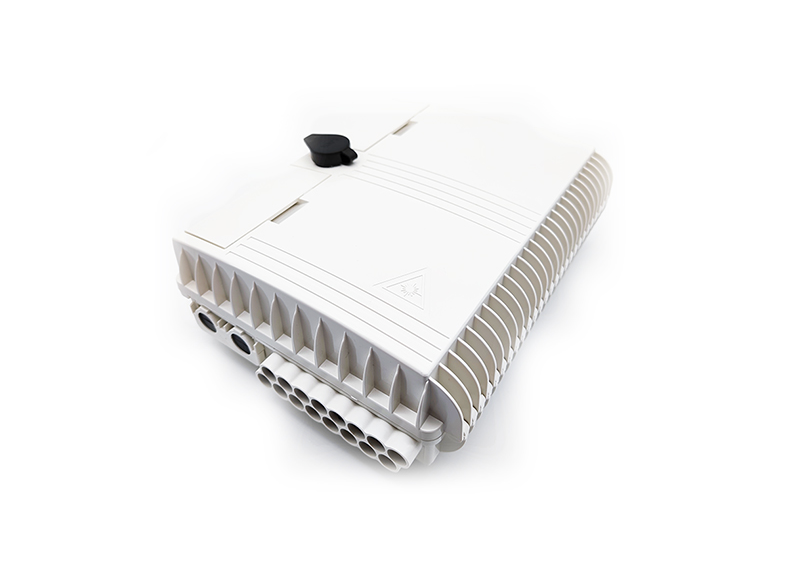According to the transmission mode, there are two types of optical fiber: multimode optical fiber and single-mode optical fiber. Multimode fiber can transmit several modes, while single-mode fiber can only transmit one mode for a given working wavelength. Currently, 50/125 multimode optical fibers are commonly used μ M and 62.5/125 μ M Two kinds. The core diameter of single-mode fiber is generally 9/125 μ m。

Multimode fiber - thicker core (50 or 62.5 μ m) Since the geometric size of optical fiber (mainly the core diameter d1) is much larger than the wavelength of light wave (about 1 μ m), there will be dozens or even hundreds of propagation modes in optical fiber. At the same time, because of its large inter mode dispersion, the transmission frequency is limited, and it will become more serious with the increase of distance. According to the above characteristics, multimode optical fiber is mostly used in networks with relatively low transmission rate and relatively short transmission distance, such as local area networks. Such networks usually have many nodes, many joints, many detours, many connectors and couplers, and many active devices per unit length of optical fiber. The use of multimode optical fiber can reduce network costs.
OM3 (10 Gigabit) multimode fiber is a multimode fiber that is more widely used with the increase of network application bandwidth requirements. Because ordinary multimode fiber can only support tens of meters of 10 Gigabit transmission, ISO/IEC 11801 has formulated a new multimode fiber standard level, namely OM3 category, which was officially promulgated in September 2002. This type of optical fiber is based on 50/125, which optimizes the two bandwidth modes of optical fiber to LED and laser transmission window. The use of new optical transceiver can enable OM3 standard optical fiber system to support at least 10 gigabit transmission to 300 meters in multimode mode.
Single mode fibers have smaller cores (typically 9 μ M), only one mode of light can be transmitted. Therefore, its inter mode dispersion is very small, which is suitable for remote communication, but there are also material dispersion and waveguide dispersion, so single-mode fiber has high requirements on the spectral width and stability of the light source, that is, the spectral width should be narrow and the stability should be good. Single mode optical fiber is mostly used in lines with long transmission distance and relatively high transmission rate, such as long-distance trunk transmission, MAN construction, etc. At present, FTTx and HFC networks are dominated by single mode optical fiber.










